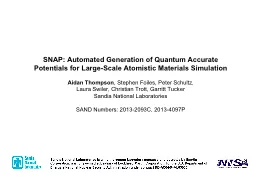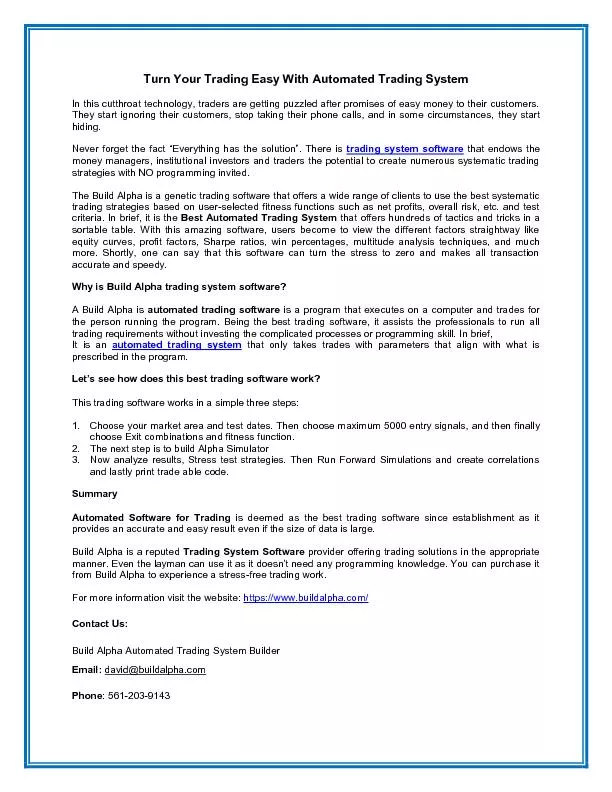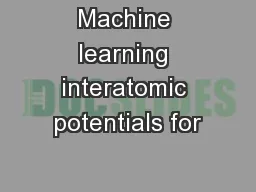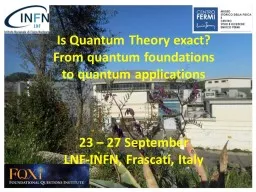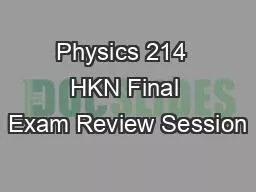PPT-SNAP: Automated Generation of Quantum Accurate Potentials f
Author : liane-varnes | Published Date : 2015-10-03
Simulation Aidan Thompson Stephen Foiles Peter Schultz Laura Swiler Christian Trott Garritt Tucker Sandia National Laboratories SAND Numbers 20132093C
Presentation Embed Code
Download Presentation
Download Presentation The PPT/PDF document "SNAP: Automated Generation of Quantum Ac..." is the property of its rightful owner. Permission is granted to download and print the materials on this website for personal, non-commercial use only, and to display it on your personal computer provided you do not modify the materials and that you retain all copyright notices contained in the materials. By downloading content from our website, you accept the terms of this agreement.
SNAP: Automated Generation of Quantum Accurate Potentials f: Transcript
Download Rules Of Document
"SNAP: Automated Generation of Quantum Accurate Potentials f"The content belongs to its owner. You may download and print it for personal use, without modification, and keep all copyright notices. By downloading, you agree to these terms.
Related Documents

